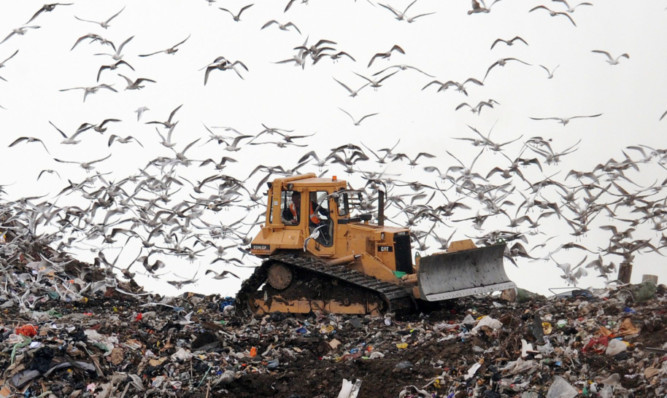AS MUCH as half of all the food produced in the world two billion tonnes worth ends up being thrown away, a new report claims.
The waste is caused by poor infrastructure and storage facilities, over-strict sell-by dates, “get-one-free” offers, and consumer fussiness, according to the Institution of Mechanical Engineers.
Each year countries around the world produce some four billion tonnes of food. But 30% to 50% of this total, amounting to 1.2 to two billion tonnes, is not eaten, says the report Global Food; Waste Not, Want Not.
In the UK, up to 30% of vegetable crops are not harvested because their physical appearance fails to meet the exacting demands of consumers.
The report says half the food purchased in Europe and the US is thrown away after it is bought. Vast quantities of water are also wasted in global food production.
Around 550 billion cubic metres of water is used to grow crops that never reach the consumer.
Producing one kilogram of meat is also said to take 20 to 50 times more water than producing the same weight of vegetables.
The demand for water in food production could reach 10 to 13 trillion cubic metres a year by 2050, the institution said. This is up to 3.5 times greater than the total amount of fresh water used by humans today, raising the spectre of dangerous water shortages.
Dr Tim Fox, of the Institution of Mechanical Engineers, said: “The amount of food wasted and lost around the world is staggering. This is food that could be used to feed the world’s growing population as well as those in hunger today.”
